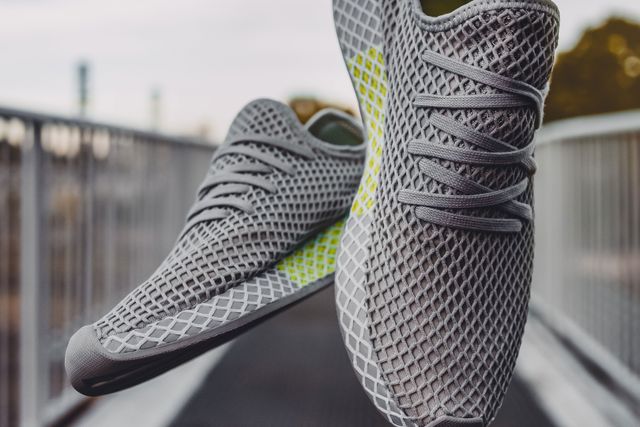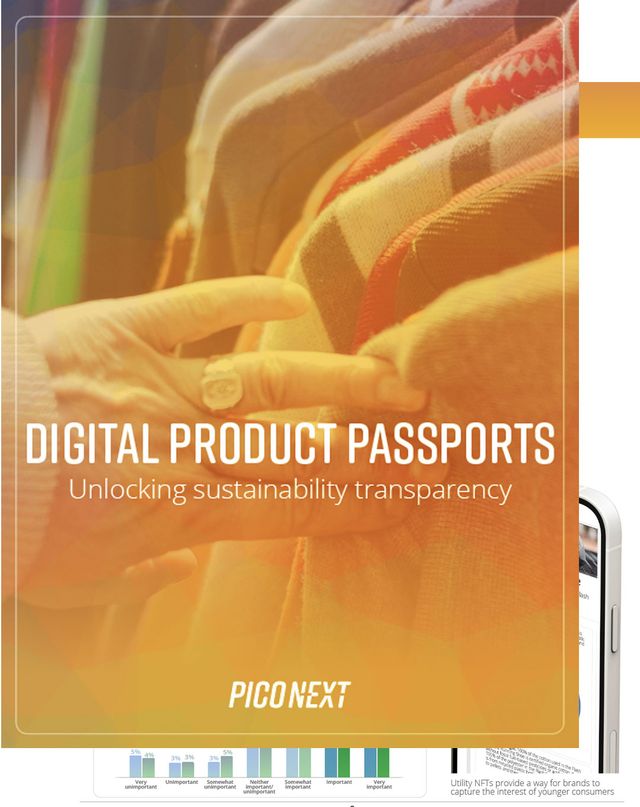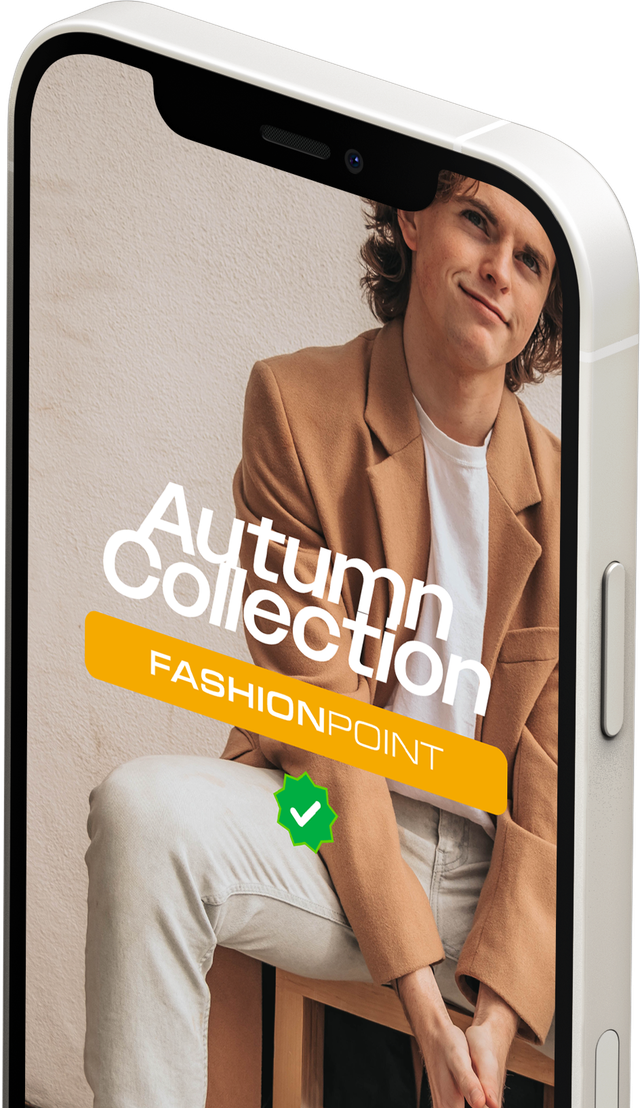Companies are preparing to implement Digital Product Passports to drive transparency around the sustainability of their products. Required by new regulations for products distributed in the European Union, Digital Product Passports contain a manifest of sustainability data that helps consumers understand the environmental impact of the goods they purchase.
Digital Product Passport Examples
We've collected a few examples of companies that have produced Digital Product Passport examples to engage their customers and provide transparency around their product sustainability data.
Tammam
Tammam, a couture fashion brand based in London, England, created a Digital Product Passport example for a new scarf line it developed in collaboration with the European Space Agency, featuring satellite prints on its eco-friendly apparel. It used a blockchain to provide immutability and transparency for the data in its Digital Product Passport.

Bon+Berg
Based in Dublin, Ireland, Bon+Berg manufactures and sells women's undergarments, with a focus on a sustainable supply chain. It created a Digital Product Passport example to communicate the steps it is taking in terms of responsible sourcing, carbon mitigation, and social impact. It used the turnkey PicoNext Token Explorer, along with a blockchain-based Digital Product Passport to quickly publish its product sustainability information.
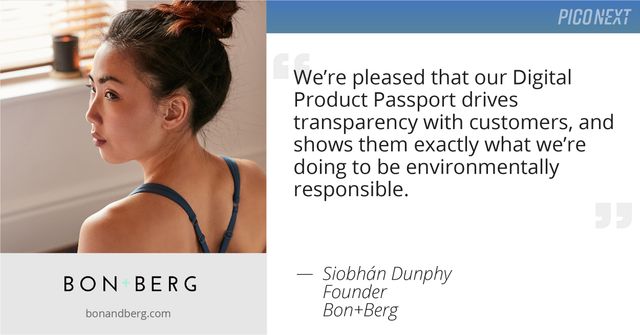
The Morphbag
The Morphbag by GSK is a London-based retailer and manufacturer of fashion-forward women's handbags and clutches. It featured information about the origin of its materials in its Digital Product Passport example, along with the vegan and animal-friendly certifications it has received. It used a cloud-based Digital Product Passport to quickly launch its product information, as well as retain flexibility in the future for editing and updates.
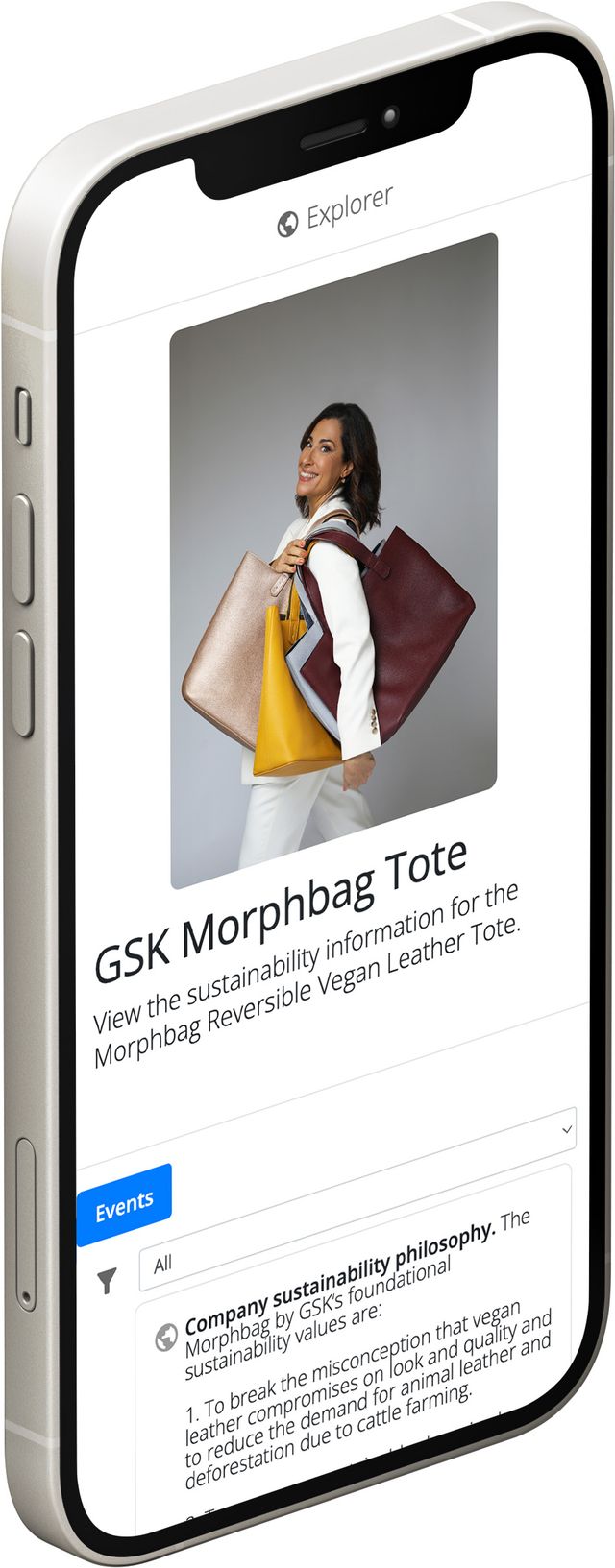
Simple Chic
Simple Chic Simple Chic is a circular clothing e-commerce platform for women, based in Sydney, Australia. It created a Digital Product Passport example that details key areas of its ethical and sustainable supply chain, including materials sourcing, sustainability philosophy, manufacturing, shipping, product care, recycling, and reuse. It used a blockchain-based Digital Product Passport, along with PicoNext Enterprise APIs to insert the Digital Product Passport information in its own custom branded website. This way, it was able to maintain the brand experience its customers have come to expect.
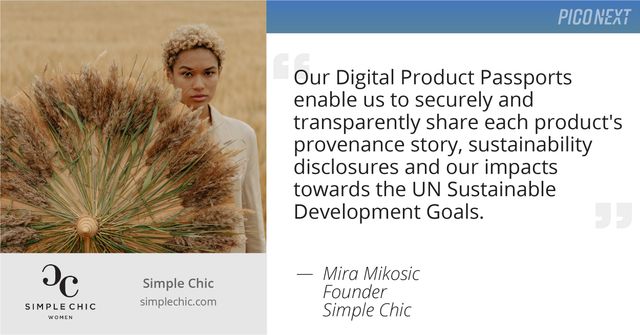
Strategy elements for Digital Product Passports
As companies are defining their strategies around Digital Product Passports, they're including a few key elements in their plans. First, they're determining how to source the data that they need to include in the Digital Product Passport, then, they're strategising how best to let the customer access the data (typically via QR code). Finally, they're determining how best to engage users with the data contained in the Digital Product Passport.
This guide overviews an example of a Digital Product Passport, and gives ideas on how to apply these elements to your business and industry. We've also created a live example of a Digital Product Passport you can view to gain inspiration and see the full details.
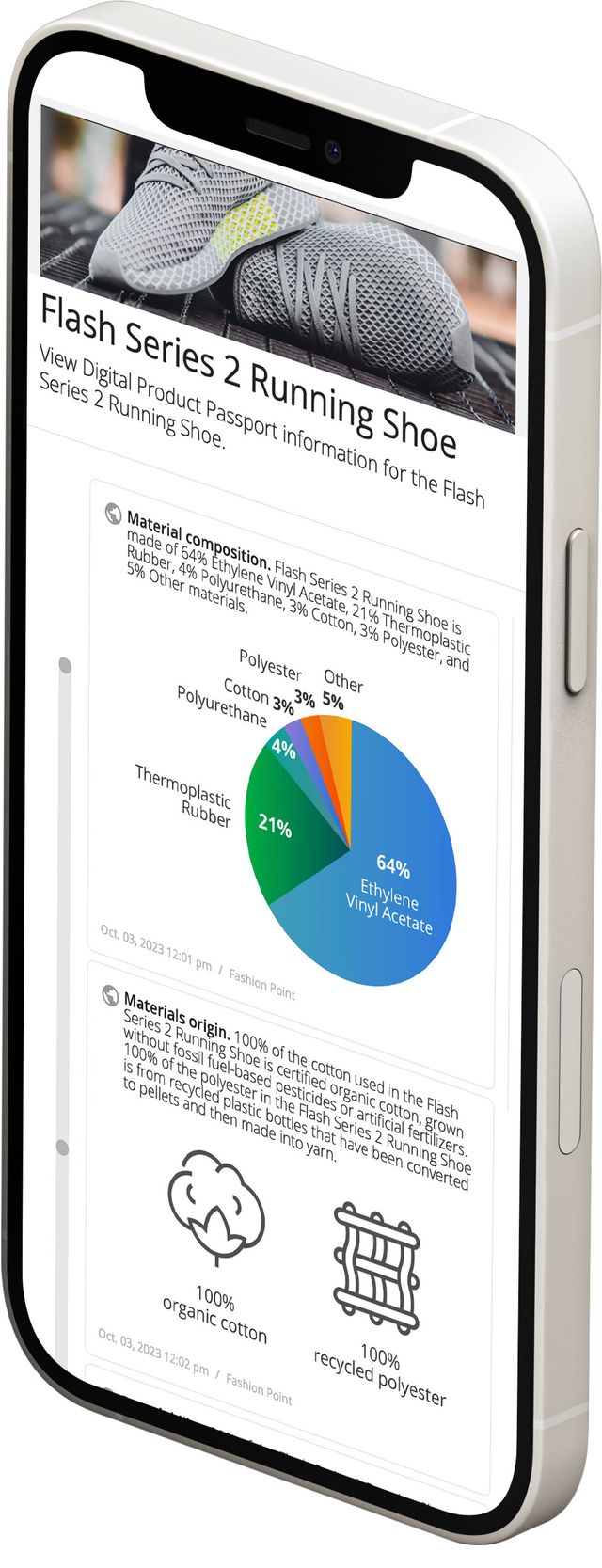
Digital Product Passport: Product information
PicoNext helps you create a Digital Product Passport on a public ledger (blockchain) so that sustainability data is available for your customers to view. Public ledgers are uniquely suited to this because they are open for everyone to inspect, they are cryptographically secured and tamper-proof, and they allow transactions on them to be traced. Further, blockchain-enabled Digital Product Passports allow enhanced opportunities to engage customers with loyalty offers, brand communities, and more.
Product title
In the header of our Digital Product Passport, we present several key pieces of information to the user. First is the name of the product the Digital Product Passport covers. A key decision you'll need to make is if you are issuing Digital Product Passports on the product model, batch, or item level — that is, if one Digital Product Passport will cover all individual instances of a product model, if it will cover manufacturing batches of products of that model, or if a different Digital Product Passport will be required for each individual product item within a model. The effort required for data management increases as you approach the product item level.
Product description
In our Digital Product Passport example, we also include a brief description to orient the user about what they'll be viewing.
Product media
In tokenised Digital Product Passports from PicoNext, you have the option to include media from your product to visually engage customers. You can include a static image, with a still product image. Some companies, however, use a video instead as the featured media on the Digital Product Passport in order to bring to life the product's capabilities and features.

View Digital Product Passport examples
Digital Product Passport: Sustainability data
The purpose of a Digital Product Passport is to bring transparency to sustainability data, allowing consumers and others across the value chain to make decisions that enable a more circular economy that facilitates recycling and reuse — as opposed to a linear economy that is focused on production, consumption, and disposal.
Sustainability data points
Using Digital Product Passports on a blockchain from PicoNext, you can attach sustainability data points about different aspects of your sourcing, manufacturing, distribution, and recycling methods. These data points are written to distributed ledgers on a blockchain and are secure, traceable, and immutable. The data points required for a Digital Product Passport are specific to your industry and, for E.U.-based companies, are influenced by the Ecodesign for Sustainable Products Regulation (ESPR).
In our Digital Product Passport example, we use the following sustainability data categories to report on our footwear product:
- Material composition
- Materials origin
- Recyclability
- Durability
- Repairability
- Presence of substances of concern
- Resource consumption
- Waste production
- Carbon footprint
- Weight and volume of the product and its packaging
- Country of manufacture
- Fair labour certification
Our Digital Product Passport guide also lists other areas to consider when sourcing information for your sustainability data points.
Images, video, and infographics
Using different types of visual media in your Digital Product Passport can engage your customers with your environmental strategy, along with making it easier to understand the sustainability you're communicating. In this example, we use pie charts, bar charts, infographics, and static images to bring the data to life for viewers. You can also include video as part of your sustainability data points to communicate your sustainability story.

Extending customer engagement with Digital Product Passports
One advantage of using tokenised Digital Product Passports on a blockchain is that they can enhance the customer experience with new and additional programmes. A Digital Product Passport token can unlock gated brand content for a customer, allowing them to view inspirational media, get access to product managers and support teams, and find recycling and repair locations.
Additionally, Digital Product Passport tokens can form part of a lightweight loyalty programme, giving customers upsell/cross-sell offers, perks, rewards, and exclusive access to new product drops. Other customer engagement opportunities enabled by Digital Product Passports include brand communities, programme-driven donations to social impact initiatives via a blockchain, participation in carbon capture programmes, and more.

Get started with Digital Product Passports
For more information on Digital Product Passports, see a demo of PicoNext. And read more about the requirements for Digital Product Passports in our guide to Digital Product Passports.
